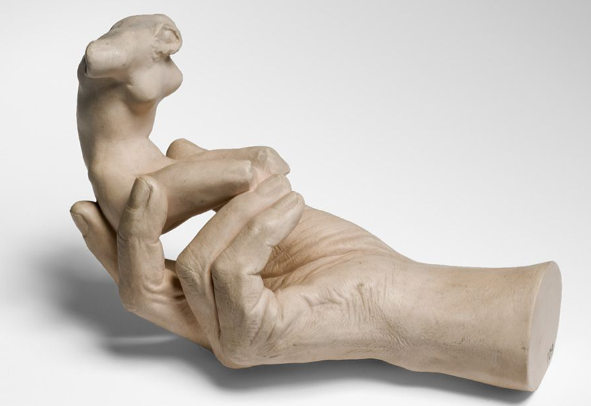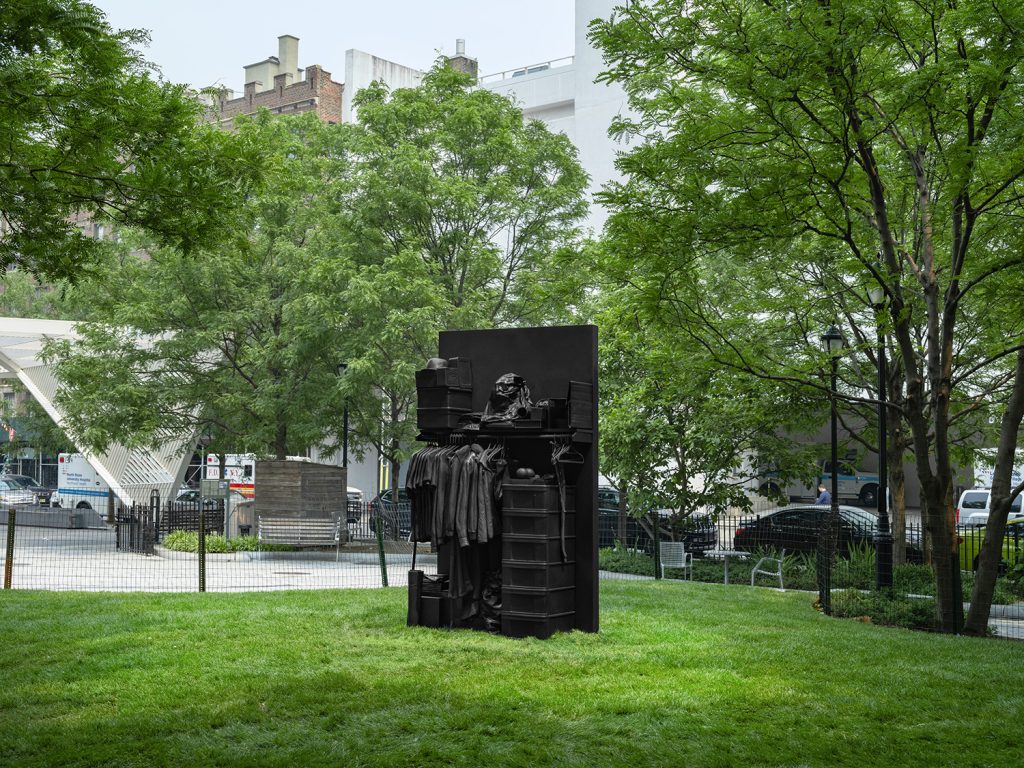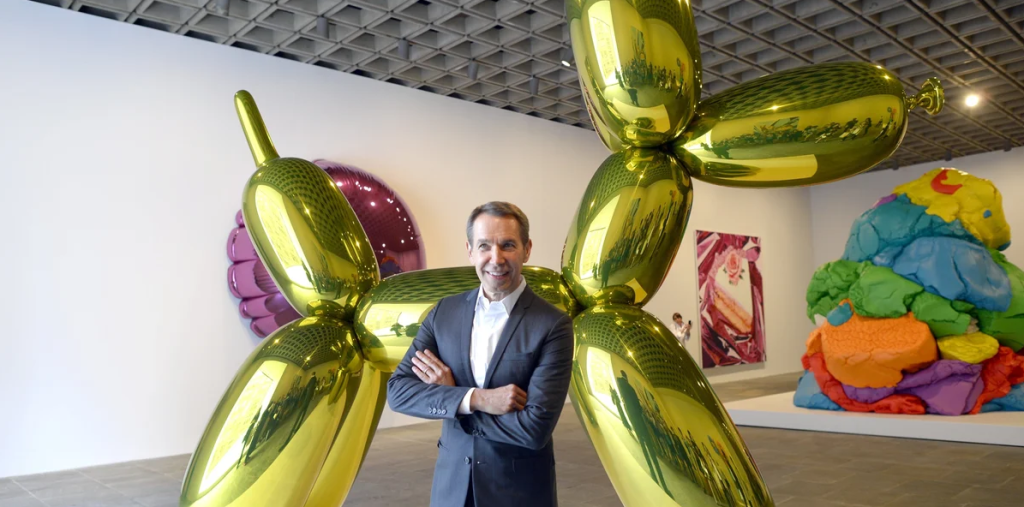Capturing Emotion: The Mastery of Rodin’s Sculptural Technique
The world of art is rich with visionaries, but few have resonated with the depths of human emotion like Auguste Rodin. Known for his remarkable ability to convey feelings through stone and bronze, Rodin’s techniques continue to inspire artists and art enthusiasts alike. Exploring his mastery sheds light on the timeless nature of emotion in art and offers insights into the creative process.
The Emotional Language of Sculpture
Rodin understood that sculpture is more than just a physical form; it’s a means of expressing complex emotions. His works, such as “The Thinker” and “The Kiss,” encapsulate feelings that are universally relatable. By allowing the human form to convey subtle nuances, Rodin crafted pieces that evoke profound empathy from viewers. His attention to detail in posture, facial expressions, and movement sets the foundation for a conversation about the inner self, making his sculptures resonate with audiences across generations.
Innovative Techniques in Form and Texture
One of Rodin’s standout techniques was his inventive approach to modeling and texture. Unlike traditional sculptors who aimed for a polished finish, Rodin embraced the raw and unfinished aspects of his work. This strategy added a dynamic quality that brought his sculptures to life. By leaving elements rough and unrefined, he invited viewers to witness the process of creation, emphasizing the emotional weight of each piece. This technique, often referred to as “the unfinished,” encourages a deeper engagement, making viewers feel as though they are part of the evolving artistic journey.
The Impact of Light and Shadow
Light and shadow play a critical role in how Rodin’s sculptures are perceived. By strategically incorporating various planes and textures, he created pieces that change appearance based on the viewer’s perspective and the light conditions. This manipulation of natural elements not only enhances the emotional impact of the sculptures but also suggests movement and depth. As light interacts with the contours of his work, it serves to accentuate the emotions encapsulated within, further inviting contemplation and connection.
In conclusion, Auguste Rodin’s ability to capture and convey emotion through his sculptural techniques offers valuable lessons for both artists and art lovers. His innovative methods continue to inspire a deep appreciation for the emotional power of sculpture. To dive deeper into Rodin’s work, visit your local museum or explore literature on his techniques, and experience the profound connection that art can forge.


